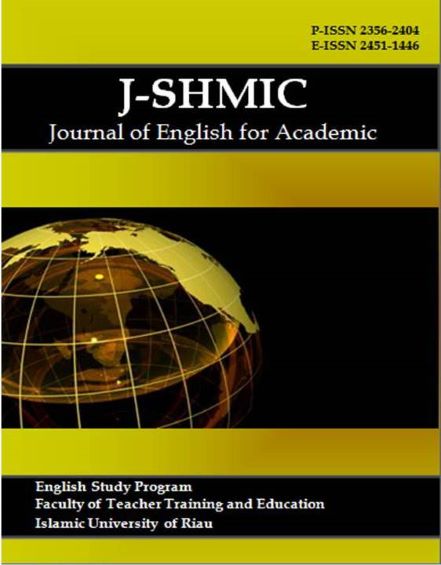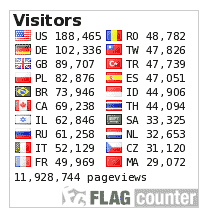An Analysis of Indonesian-Eglish Code Mixing Used in Social Media (TWITTER)
Keywords:
Analysis, Code Mixing, Social Media (Twitter)Abstract
This study entitled An Analysis of Indonesian-English Code Mixing on Social Media was examined by the researcher (Twitter). The goal of this study is to determine the form and function of Indonesian-English code-mixing on Twitter. A descriptive qualitative method was used to perform this study. The data for this study employed the tweets of influential people on Twitter. The instrument utilized by this researcher was documentation. This study was carried out entirely online, primarily on Twitter. The influencers' tweets were screenshotted by the researcher. The data was then categorized as code-mixing by the researcher. The findings showed that there are six forms of code-mixing in Twitter, such as code-mixing of Word 53 data, code-mixing of Phrase 20 data, code-mixing of Hybrid 8 data, code-mixing of Word Reduplication 1 data, code-mixing of Idiom 7 data, code-mixing of Clause 25 data. The researcher found some relevant purposes of code-mixing in Twitter. They are need feeling motive, be more informative, make jokes, expressing their emotions.
Downloads
References
Arikunto, Suharsimi. (2013). Prosedur Penelitian Suatu Pendekatan Praktik. Jakarta: Rineka Cipta.
CrunchBase. (2012). Twitter. Retrieved February 2, 2012, from TechCrunch: http://www.crunchbase.com/co mpany/twitter.
Hadi, Mulya. (2010). Twitter untuk Orang Awam. Palembang: Maxikom.
Hanafiah, R., Rantika, A., & Yusuf, M. (2018). The Levels of English-Arabic Code-Mixing in Islamic Boarding School Students’ Daily Conversation. Advances in Language and Literary Studies, 9(6), 78. https://doi.org/10.7575/aiac.alls.v.9n.6p.78
Hamers, F. J & Blanc, H.A.M. 1987. Bilinguality and Bilingualism. Cambridge: Cambridge University Press, Retrieved on February 16, 2009 from www.google.com.
Kartini, D. (2019). Code Mixing Used By Sheryl Sheinafia’s Followers (Case Study Of Anak Jaksel Language Trend) (Doctoral Dissertation, Islamic University).
Kim, E. (2006). Reason and Motivations for Code-Mixing and Code-Switching. TESOL Journal. Vol.4, No.1.43-61.
Krutka, D. G. (n.d.). How_and_why_educators_use_twit.PDF.
Pratapa, A., Bhat, G., Choudhury, M., Sitaram, S., Dandapat, S., & Bali, K. (2018). Language modeling for code-mixing: The Role of Linguistic Theory based Synthetic Data. ACL 2018 - 56th Annual Meeting of the Association for Computational Linguistics, Proceedings of the Conference (Long Papers), 1, 1543–1553. https://doi.org/10.18653/v1/p18-1143
Rahardi, Kunjana. (2010). Sosiolinguistik Kode dan Alih Kode. Bogor: Ghalia Indonesia
Siskawati, N. (2012). Code Mixing Found in C’est La vie Novel. Journal on English Language, Culture and Literature. Diponegoro: Diponegoro University.
Sugiyono. (2015). Metode Penelitian Pendidikan Pendekatan Kuantitatif, Kualitatif, dan R&D. Bandung: Alfabeta.
Surtrismi. (2014). the Use of Indonesian English Code Mixing in Social Media. PUBLICATIONS_ARTICLE.pdf (ums.ac.id)
Wardhaugh, R. (2006). An Introduction to Sociolinguistics fifth edition. Oxford: Blackwell Ltd.
Wardhaugh, Ronald and Janet M. Fuller. (2015). An Introduction to Linguistics Seventh Edition.
Published
How to Cite
Issue
Section
This is an open-access article distributed under the terms of the Creative Commons Attribution-ShareAlike 4.0 International License which permits unrestricted use, distribution, and reproduction in any medium. Users are allowed to read, download, copy, distribute, search, or link to full-text articles in this journal without asking by giving appropriate credit, providing a link to the license, and indicating if changes were made. All of the remixes, transform, or build upon the material must distribute the contributions under the same license as the original.











